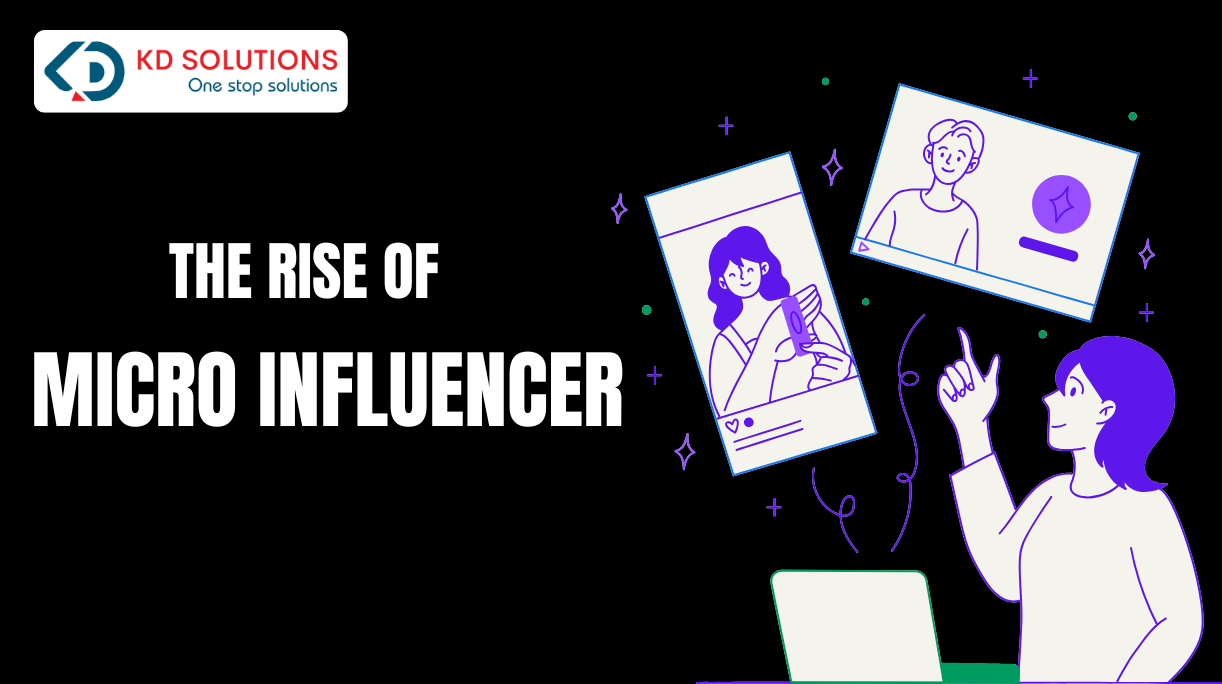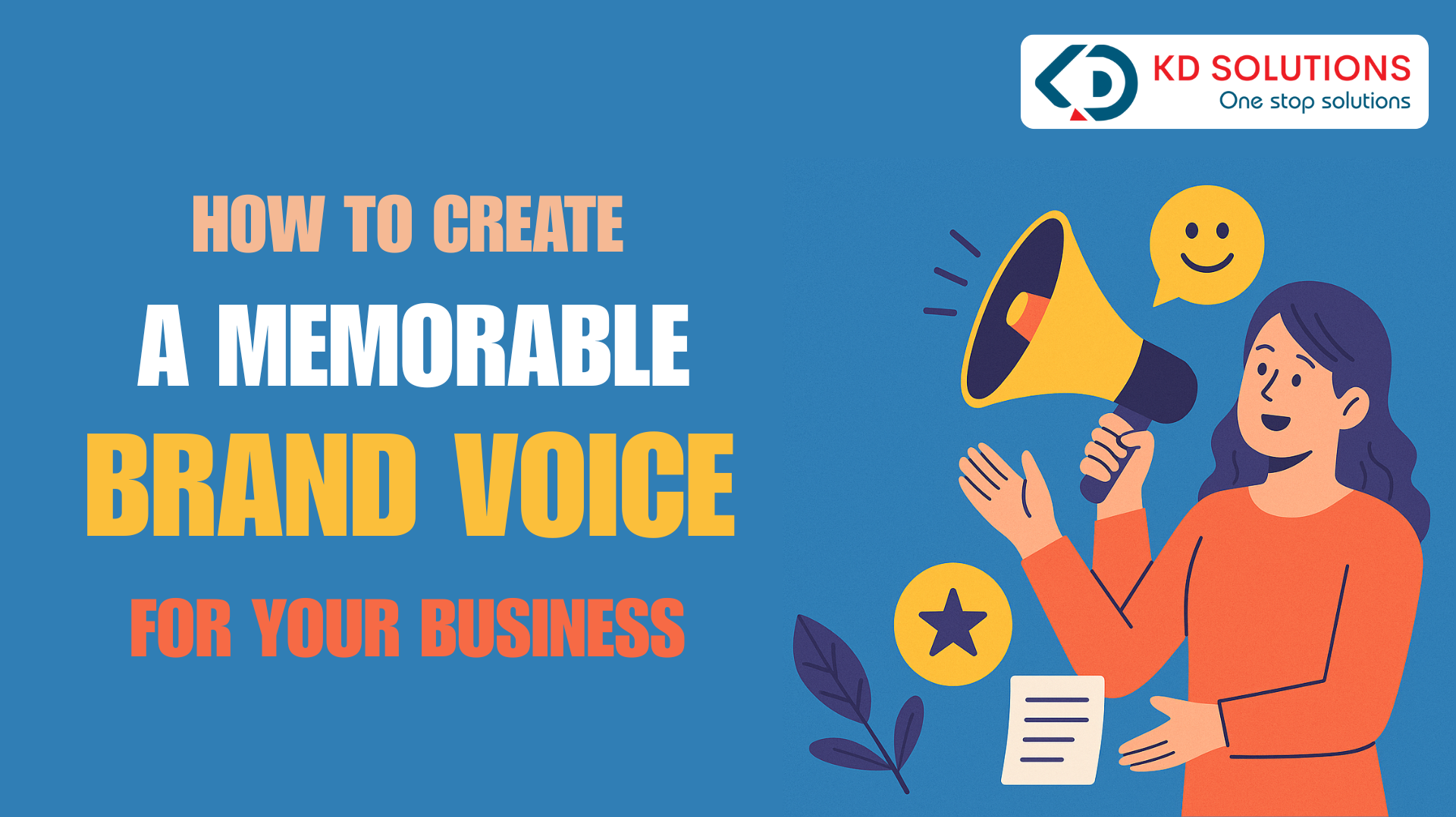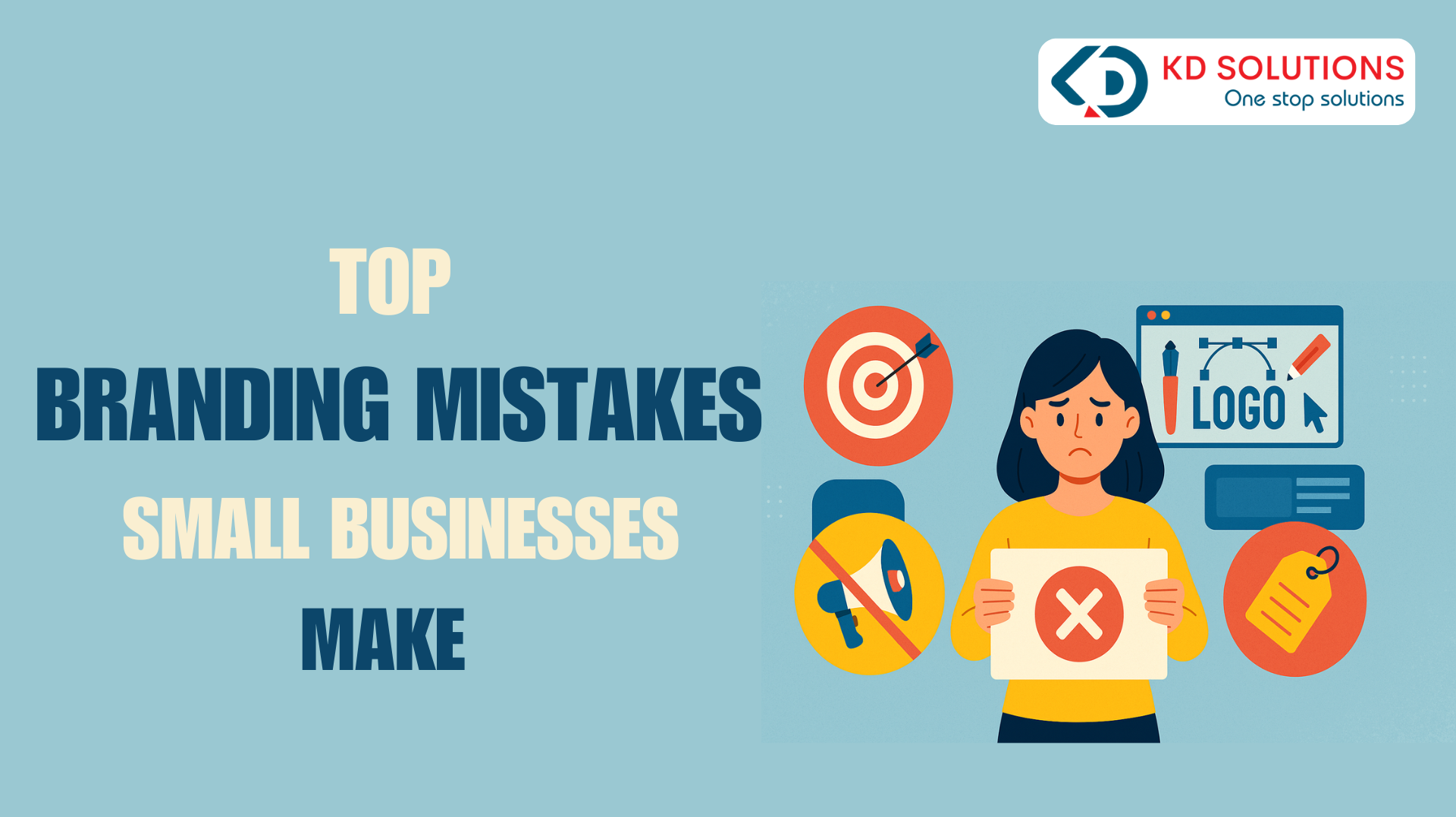The digital marketing landscape is constantly evolving, with businesses continuously seeking new and effective ways to connect with their audiences. Over the years, influencer marketing has become a dominant strategy, but a significant shift is taking place—the rise of micro-influencers. These niche content creators are changing the way brands approach marketing, offering authenticity, higher engagement, and a cost-effective alternative to traditional celebrity endorsements. As companies seek innovative Digital Branding Solutions, micro-influencer marketing is emerging as the future of brand marketing.
Understanding Micro-Influencers and Their Impact
Micro-influencers are individuals with a following typically ranging from 10,000 to 100,000 on social media platforms. Unlike macro-influencers or celebrities with millions of followers, micro-influencers have a more engaged audience that trusts their opinions. Their ability to build personal relationships with followers makes them a powerful tool for Online Branding and brand awareness.
Why Micro-Influencer Marketing is the Future
- Higher Engagement Rates Micro-influencers typically have more active and engaged followers compared to macro-influencers. Because their audience views them as relatable and trustworthy, their recommendations carry more weight, leading to higher conversion rates.
- Authenticity and Trust Consumers are becoming increasingly skeptical of traditional advertisements and celebrity endorsements. Micro-influencers create organic content that feels genuine, making it easier for brands to build trust through their recommendations.
- Cost-Effective Strategy Partnering with a micro-influencer is more affordable than working with a macro-influencer or celebrity. This makes it an excellent strategy for small and medium-sized businesses, including startups and companies looking for effective Brand Building strategies.
- Niche Targeting Many micro-influencers cater to specific niches such as fashion, fitness, technology, or food. Brands can leverage their targeted audience to reach potential customers who are genuinely interested in their products or services.
- Improved Brand Awareness Since micro-influencers have a dedicated follower base, they can help improve brand visibility and awareness. Their ability to create engaging and shareable content ensures that brand messages reach a wider audience organically.
- Better ROI for Businesses Businesses collaborating with micro-influencers often experience better returns on investment. Since these influencers create high-quality, targeted content, brands see an increase in conversions and engagement without the high costs associated with celebrity endorsements.
Tips for an Effective Micro-Influencer Marketing Strategy
- Identify the Right Influencers
Not all micro-influencers will be a perfect fit for your brand. Choose those whose values align with your business and have an engaged audience that matches your target market. A Branding Company in Ahmedabad can help identify suitable influencers based on your brand’s goals.
- Prioritize Authenticity Over Numbers
Avoid focusing solely on the number of followers an influencer has. Instead, look at engagement rates, content quality, and the level of trust they share with their audience. Genuine interactions are more valuable than inflated follower counts.
- Create Mutually Beneficial Partnerships
Successful collaborations require a win-win relationship. Offer value to influencers, whether it’s through fair compensation, product gifting, or exclusive experiences. The more invested they are, the more genuine their content will be.
- Develop a Long-Term Strategy
One-off collaborations may not yield the best results. Consider building long-term partnerships with micro-influencers to establish brand consistency and credibility. This approach is essential for Social Brand development and ongoing brand awareness.
- Leverage Multiple Platforms
Micro-influencers operate across different social media channels like Instagram, TikTok, YouTube, and Twitter. Brands should consider multi-platform campaigns to maximize reach and effectiveness.
- Encourage User-Generated Content
User-generated content (UGC) is a powerful way to boost Online Branding. Encourage influencers and their followers to share testimonials, reviews, and personal experiences related to your brand, creating a ripple effect of organic marketing.
- Track Performance Metrics
To measure the success of a micro-influencer campaign, track key performance indicators such as engagement rates, website traffic, conversions, and audience reach. Collaborate with a Social Media Growth Agency to analyze results and optimize future campaigns.
Industries Benefiting from Micro-Influencer Marketing
Micro-influencer marketing is not limited to a single industry. Various sectors, including fashion, beauty, technology, travel, and food, have leveraged micro-influencers for increased brand awareness and customer trust. Even B2B companies are recognizing the power of niche influencers in building credibility and reaching decision-makers.
Future Trends in Micro-Influencer Marketing
- AI-Powered Influencer Selection Artificial Intelligence is revolutionizing influencer marketing by helping brands identify influencers with the best engagement and target audience fit.
- Performance-Based Collaborations Instead of flat fees, brands are shifting towards performance-based partnerships where influencers are compensated based on engagement and conversions.
- Rise of Nano-Influencers Nano-influencers (with 1,000 to 10,000 followers) are gaining traction for their even higher engagement rates and hyper-localized influence.
- Video Content Dominance Platforms like TikTok, Instagram Reels, and YouTube Shorts are becoming major channels for influencer marketing. Video content fosters deeper audience engagement and connection.
- Integration with E-Commerce Features like Instagram Shopping and TikTok Shop enable seamless brand promotion and direct sales through influencer partnerships.
Micro-influencer marketing is more than just a trend; it is the future of brand marketing. As consumers seek authenticity, brands must adapt by partnering with influencers who resonate with their target audience. A well-structured influencer marketing strategy, in collaboration with a reputable Branding Company in Ahmedabad or a Social Media Growth Agency, can significantly boost brand awareness and customer loyalty.
By incorporating micro-influencers into digital marketing efforts, businesses can enhance their online presence, drive engagement, and ultimately achieve sustainable growth. As brands continue to embrace this shift, micro-influencers will remain a cornerstone of successful digital branding solutions.
FAQs
A micro-influencer is a social media content creator with a follower count ranging from 10,000 to 100,000. They specialize in niche areas and have highly engaged audiences.
Micro-influencers have smaller but more engaged and loyal followings compared to celebrities or macro-influencers. Their content is more authentic, leading to better trust and conversions.
Micro-influencers offer higher engagement, authenticity, and cost-effective marketing compared to expensive celebrity endorsements, making them a better choice for targeted brand marketing.
Brands can use influencer marketing platforms, social media research, or work with a branding company in Ahmedabad to find influencers whose audience aligns with their target market.
Fashion, beauty, food, travel, fitness, tech, and even B2B businesses benefit from micro-influencers due to their ability to connect with niche audiences.
Track key performance indicators (KPIs) such as engagement rate, reach, website traffic, conversions, and return on investment (ROI) to assess campaign effectiveness.
Instagram, TikTok, YouTube, and Twitter are the most effective platforms, with Instagram and TikTok leading in engagement rates.
Yes, micro-influencer marketing is cost-effective and helps small businesses build brand awareness and credibility without a large budget.
They can be paid through fixed fees, free products, affiliate commissions, or performance-based incentives based on conversions or engagement.
AI-powered influencer selection, performance-based collaborations, the rise of nano-influencers, video content dominance, and e-commerce integrations are shaping the future of influencer marketing.






